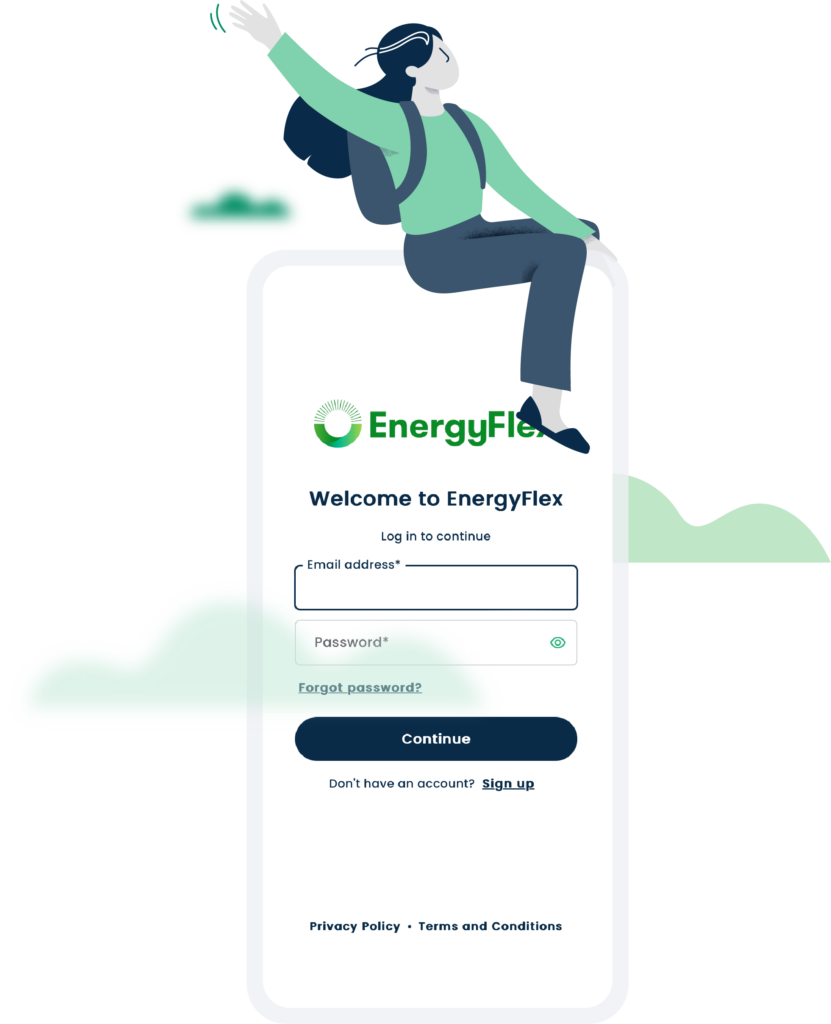Many people think that the only way to reduce their energy bills is to use less electricity.
That’s true for regions that are powered predominantly by fossil fuels. But as more abundant and cheap renewables are added to the grid, it is now possible to be more efficient and save money without reducing energy consumption.
The key is in becoming Renewables Ready by being more aware of when you use electricity rather than how much you use.
This is because, on sunny and windy days, there’s an abundance of cheap, clean renewable energy feeding the grid. But when darkness falls, the grid switches to expensive non-renewable sources, like coal and gas, because there’s insufficient storage capacity to cover periods when renewable generation is not possible.
So, if you do laundry during times when the grid is being powered by fossil fuels, it could end up costing you more money and increase your personal carbon emissions than using a less-efficient appliance during the day when the grid is being powered by renewable energy.
That’s right. Your five-star energy-efficient washing machine could be costing you –and the environment – much more than running your old two-star machine during the daytime (depending on your energy plan).
Bottom line? Energy efficiency and cost savings can be achieved without reducing energy consumption, if you time it right.
By changing the way we use electricity and becoming “energy flexible”, we can make the whole system more efficient. This reduces costs and emissions and helps to make the whole electricity system more resilient.
Ways to increase your energy efficiency without reducing consumption
Depending on your energy plan, if you ramp up consumption during renewable generation periods, you’ll pay less for energy and emit fewer emissions (if any).
To ensure you don’t waste these financial and carbon savings, you’ll need to use as little energy as possible in the evenings and on overcast, calm days.
There are plenty of no- and low-cost ways to save money and emissions without reducing energy consumption.
No-cost options include:
- Turning off or unplugging appliances when you’re not using them,
- Opening the curtains to let in heat and natural light from the sun and closing the curtains in the evening to keep all of that free sunshine warmth inside,
- Using a clothesline to dry your laundry,
- Taking your clothes off the line before dusk so you don’t have to re-finish them in the dryer,
- Switching to a time-of-use tariff plan, and
- Signing up for EnergyFlex, which will give you tailored suggestions to increase your efficiency.
Low-cost options include:
- Switching your lightbulbs to LEDs,
- Sealing gaps and cracks around doors and windows, and
- Investing in a smart thermostat.
Once you’ve run out of no- and low-cost options to improve your energy efficiency, you can move on to more advanced capability investments, including:
- Installing insulation,
- Installing rooftop solar, and
- Investing in smart home and business automation solutions.
Energy efficiency rebates
There are a number of incentives and rebates available for doing things like installing a solar system, upgrading building insulation, switching your incandescent bulbs to LEDs, or upgrading your appliances to energy-efficient alternatives.
To see what energy efficiency incentives your state offers, click here.
All this information is available for free, on the EnergyFlex app. Get your EnergyFlex Rating and start saving today.





